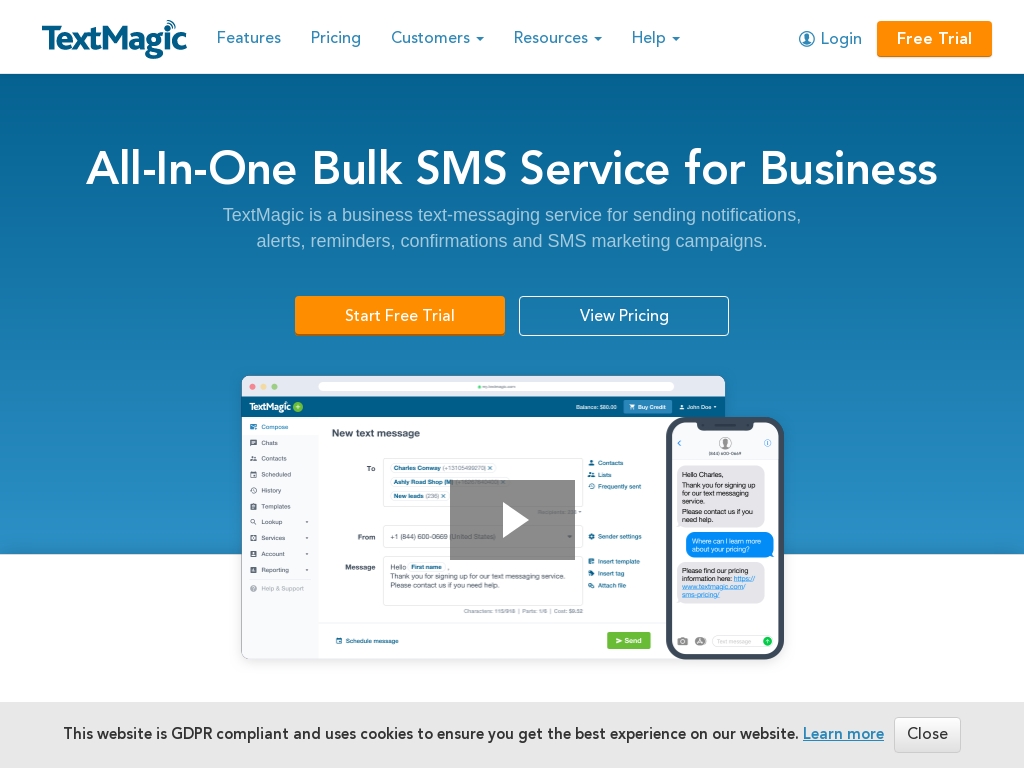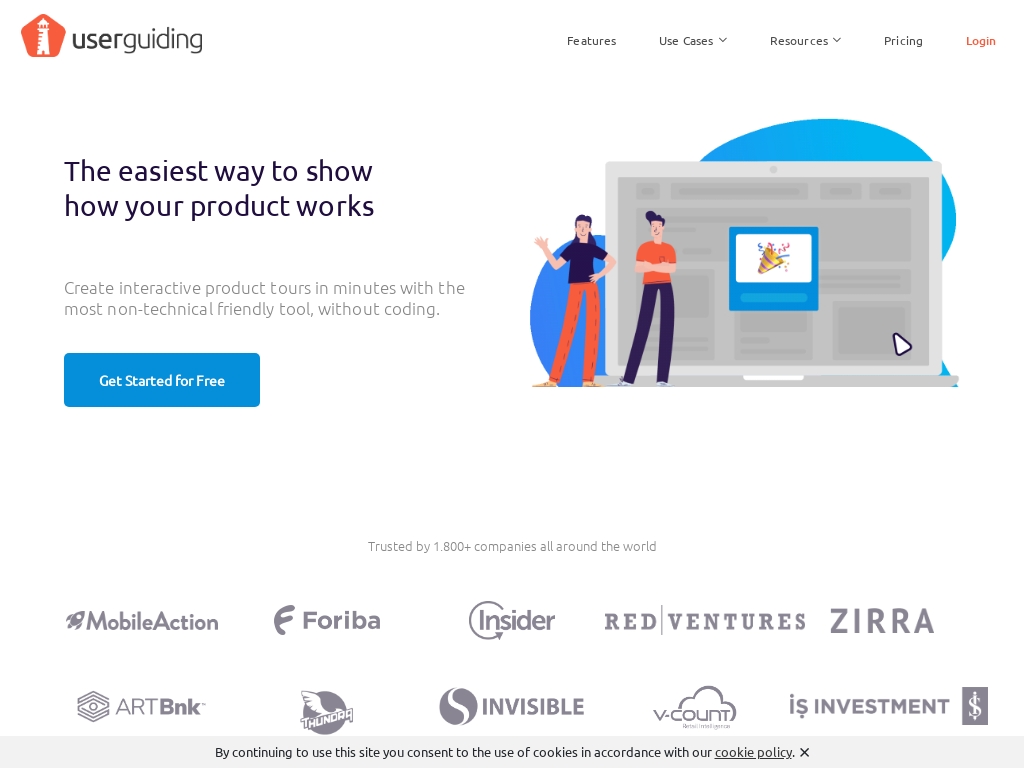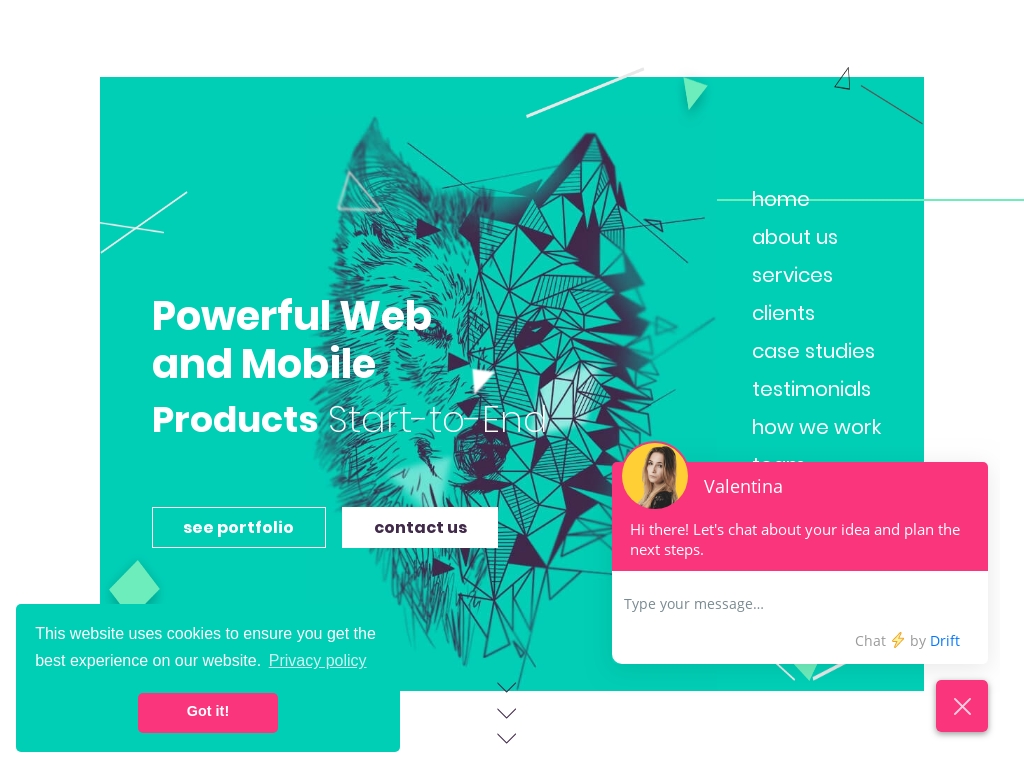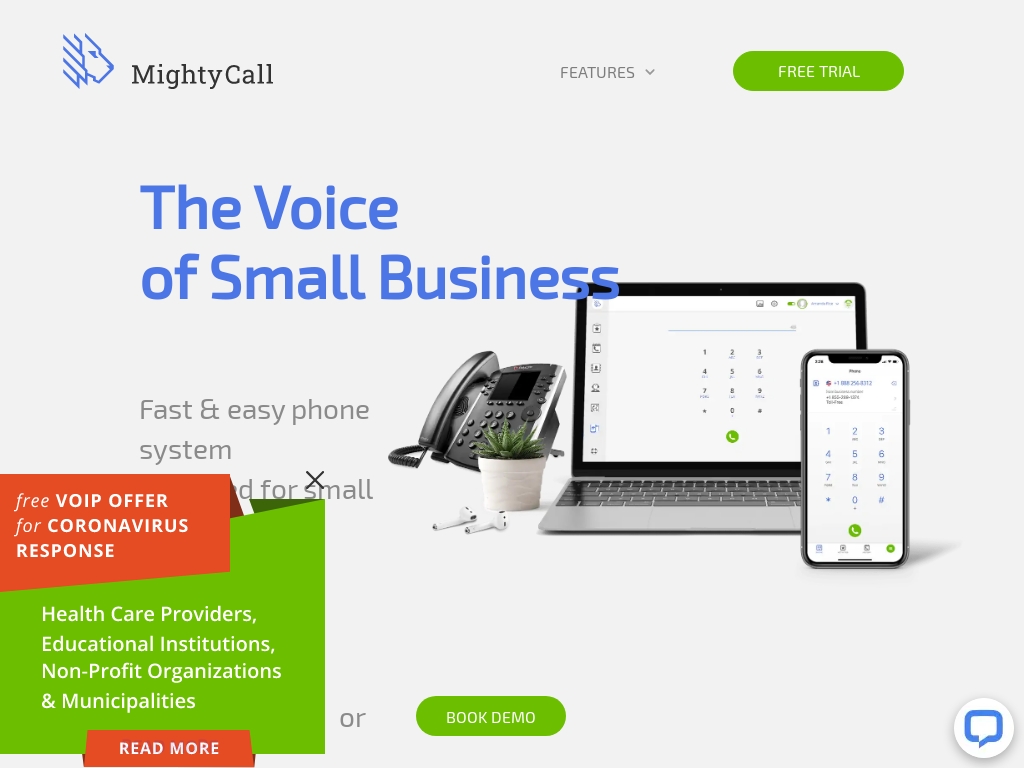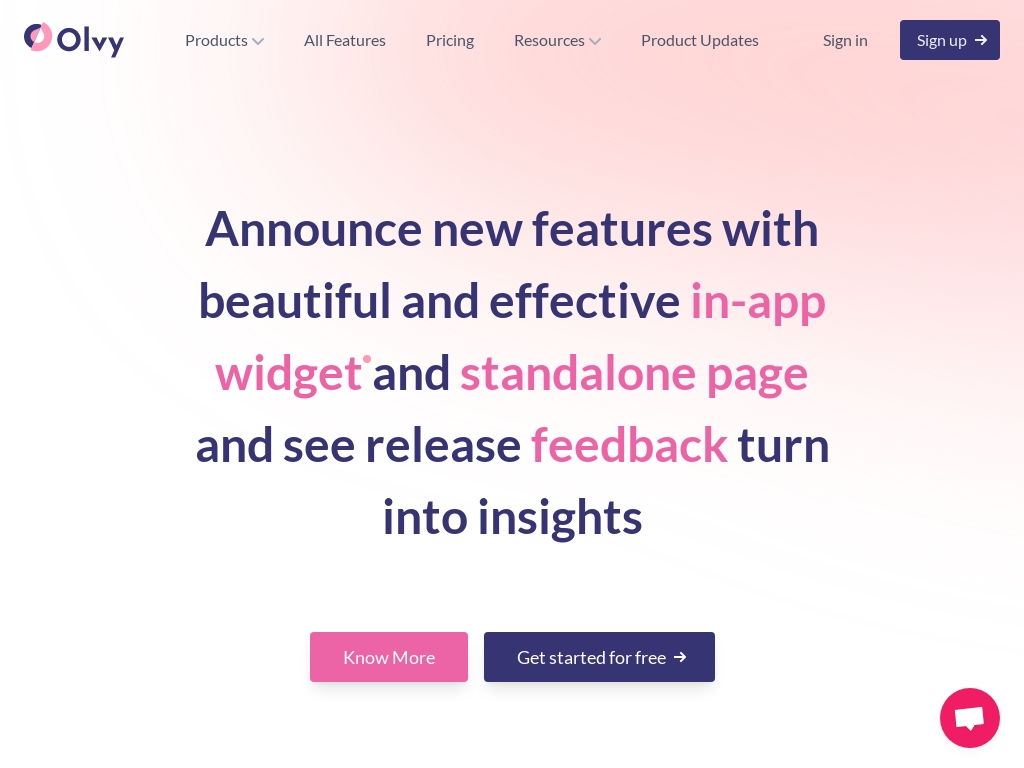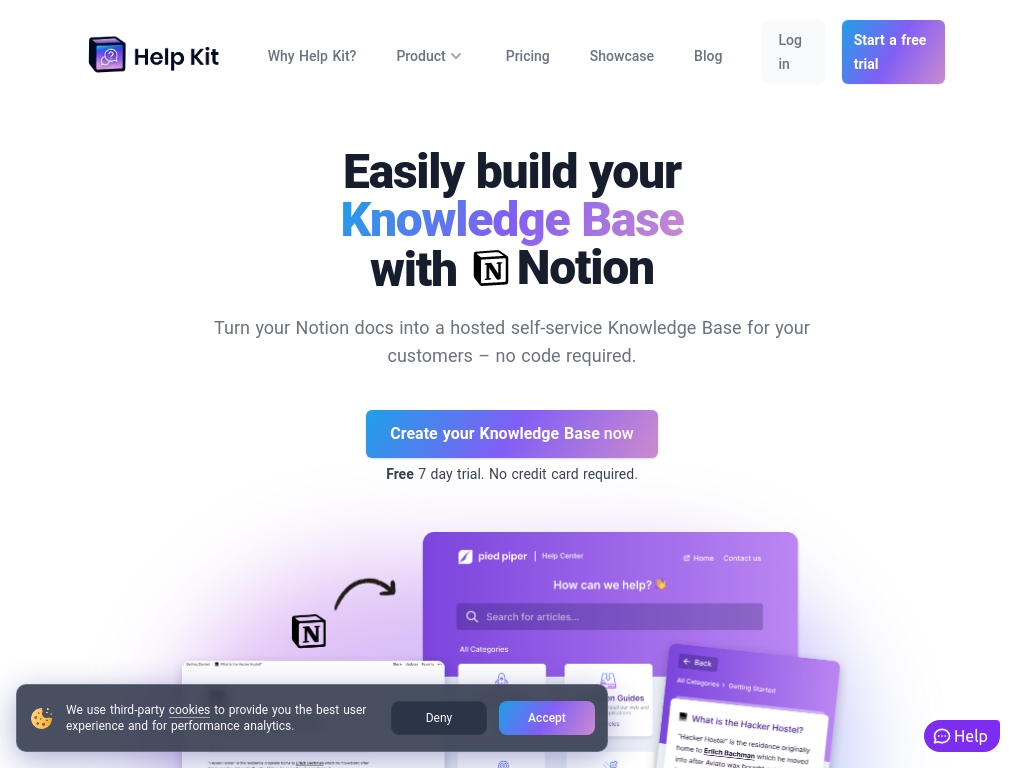
How Two Founders Grew Tome to 3M Users in 5 Months
Who is Keith Peiris?
Keith Peiris, the co-founder of Tome, grew up in Ontario, Canada, and started his entrepreneurial journey at a young age with a web design business. He studied nanotechnology engineering at the University of Waterloo and previously worked at Facebook, Instagram, and Oculus before building Tome during the pandemic as an entrepreneur-in-residence at Greylock, alongside co-founder Henri Liriani.
What problem does Tome solve?
Tome solves the problem of complex storytelling by quickly turning ideas into compelling narratives with visuals, easing the stress of presentation creation for users. This is particularly painful for those struggling with time-consuming tasks of crafting presentations or narratives from scratch, making Tome an attractive solution for customers wanting a seamless and efficient storytelling experience.

Founder-Market Fit
Skills
What skills did Keith Peiris have that led to their success?
How did Keith come up with the idea for Tome?
Keith Peiris, co-founder of Tome, drew inspiration for his business from a blend of personal experiences and early exposure to technology. As a child, his father, who worked in IT, introduced him to computers and digital tools, sparking a deep interest in creativity and communication. This early fascination grew as he experimented with software and built websites, teaching him the importance of storytelling and expression in digital formats.
Working at major tech companies like Facebook and Instagram, Keith observed how people used communication tools in unexpected ways, which highlighted the need for flexible and open-ended solutions. He learned that users often repurpose tools beyond their initial design, emphasizing the value of creating technology that adapts to user needs. These insights underpinned his motivation to develop Tome as a versatile storytelling platform that empowers users to present their ideas clearly and compellingly.
Before launching Tome, Keith and his co-founder Henri Liriani, engaged in prototyping and user feedback, refining their concept based on interactions with potential users. They faced challenges in defining a product that could replace existing presentation tools, but through persistent iteration and validation, they crafted a platform that integrates generative AI to simplify and enhance storytelling. Keith's journey illustrates the importance of aligning a product with real-world communication needs, remaining open to discovery, and iterating based on user interaction.
How did Keith Peiris build the initial version of Tome?
Tome was developed as a multimodal storytelling tool utilizing generative AI, specifically models like GPT-4 and DALL-E-2. The co-founders, Keith Peiris and Henri Liriani, began prototyping Tome during the pandemic, initially designing it to be used on a mobile phone. This early design forced them to make hard prioritizations due to limited screen space. The initial prototype took advantage of existing AI models, such as GPT-3, connecting Tome to these to generate outlines and starting content points. Overcoming the challenge of integrating advanced AI within a user-friendly design, they iterated based on user feedback and the unexpected uses of the platform. Their experience in social media at Meta guided their design process to focus on flexible, open-ended communication tools rather than prescriptive user flows.

What were the initial startup costs for Tome?
- Funding Rounds: Tome raised $6 million in their first funding round and a total of $81 million to date, including a notable Series B round led by Lightspeed Venture Partners.
How did Keith launch Tome and get initial traction?
Certainly! Here's a breakdown of how Tome managed to launch and secure their initial customer base:
Friends and Family Feedback
In the beginning, Tome's co-founders Keith Peiris and Henri Liriani started by designing and developing the product by themselves using a mobile-focused approach due to their backgrounds in mobile app development. They sought feedback from friends and family, particularly those working at tech companies like Facebook and Snapchat.
Why it worked: Friends and family served as a supportive testing ground, providing valuable insights and encouraging the founders with positive feedback. This reassurance helped them gauge interest and build confidence before seeking a broader audience.
Product Hunt and Social Media Exposure
Tome utilized platforms like Product Hunt to introduce their product to a wider audience. They leveraged their board members to help secure journal articles, effectively gaining traction and visibility. This initial effort enabled them to secure 500 sign-ups.
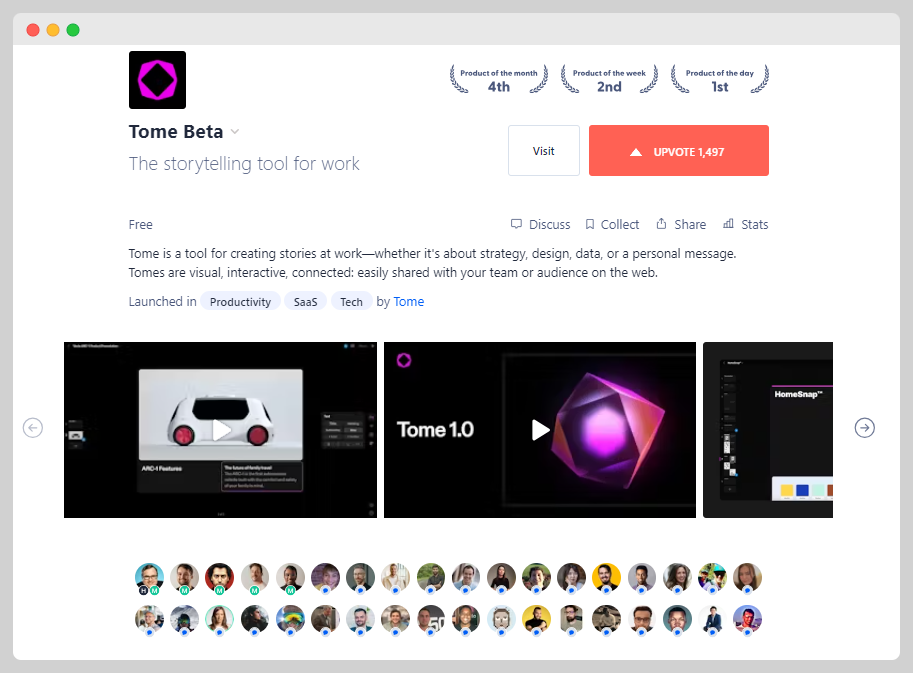
Why it worked: Product Hunt is a popular platform for tech enthusiasts, which helped Tome reach early adopters who were willing to try new products and provide feedback. Coupled with media exposure, it facilitated an organic growth in user interest.
Incorporating Generative AI
Realizing the market's interest in generative AI, Tome integrated AI functionalities like image generation, leveraging tools such as GPT-3. They posted about these capabilities on Twitter, attracting a significant influx of interest and new users.
Why it worked: By tapping into the rising interest in generative AI, Tome matched their features with what potential users were excited about, showing adaptation and foresight. This approach capitalized on trending technology and increased user engagement significantly.
Metrics:
- By the end of their blitzscaling period post-launch, Tome had quickly soared from several hundred users to 10,000 sign-up per day, eventually reaching 1 million users.
- Leveraging AI and social-media buzz resulted in rapid growth, enabling them to build a sizeable user base within a matter of months.
What was the growth strategy for Tome and how did they scale?
Social Media and Product Hunt
Tome utilized social media, particularly Twitter, to generate interest and attract users. By sharing engaging content and videos showcasing their AI capabilities, they effectively captured the public's attention. The introduction of features like image generation with Dolly and integration with GPT-3 were publicized on these platforms, significantly increasing user engagement and traffic to their site.
Why it worked: Social media platforms like Twitter are excellent for creating viral moments. Tome capitalized on this by releasing videos and updates that visually demonstrated the capabilities of their tool, piquing the curiosity of potential users and resulting in a tenfold increase in daily signups. Their strategic use of Product Hunt for launching also helped them tap into a community of tech enthusiasts and early adopters, garnering valuable initial feedback and increasing user base substantially.
Word of Mouth and Networking
Keith Peiris, co-founder of Tome, leveraged his connections and reputation in the tech community to gain traction. By involving early users primarily from his existing network in tech companies and getting endorsements from influential board members, Tome managed to acquire initial users who provided important feedback, facilitated product iterations, and spread the word about the tool.
Why it worked: Word of mouth from respected figures in the tech industry adds credibility and reaches potential customers who trust those opinions. These endorsements are powerful, especially in tech spaces, and helped Tome to quickly grow its user base by leveraging established networks.
Integration with Generative AI
Tome quickly embraced generative AI innovations, such as integrating with OpenAI's GPT models, which not only streamlined content creation but also aligned with market trends. By allowing users to generate presentations and narratives effortlessly, they catered to a clear demand for AI-driven productivity tools.
Why it worked: The rise of AI tools like ChatGPT heightened awareness and interest in AI-powered features. Tome's AI integration allowed them to offer a unique value proposition—creating complex storytelling and presentation content quickly, which resonated strongly with users seeking efficient solutions, thus driving rapid adoption.
Freemium Model and User Feedback
Tome initially adopted a freemium model to lower the barrier to entry, allowing users to explore the platform's basic features before committing to a paid plan. Additionally, they engaged in active dialogue with early users to iterate based on feedback, ensuring the platform met user needs effectively.
Why it worked: The freemium model provides potential users the chance to experience the core value of Tome without initial investment, enticing them to upgrade for more advanced features. Listening to user feedback allowed Tome to refine their product continuously, maintaining relevance and satisfaction among its growing user base.
What's the pricing strategy for Tome?
Tome offers a free tier for users, with a pro plan costing $10 monthly for advanced AI features, targeting individual creators and enterprise users with customized AI.
What were the biggest lessons learned from building Tome?
- Build Open-Ended Tools: Tome's team learned that users never use products as envisioned. Creating flexible, adaptable tools enables varied applications and meets real user needs.
- Embrace Feedback and Adapt: By focusing on user feedback and adapting quickly, Tome could enhance its product features, leading to rapid user growth and satisfaction.
- Commit to Quality: Building a valuable product takes time and effort. Tome's success demonstrates that dedication to quality and understanding user needs drives substantial user engagement.
- Harness AI for Creativity: Tome uses generative AI to enhance storytelling, emphasizing that AI can boost creativity rather than hinder it when used appropriately.
- Persevere Through Challenges: The journey of Tome highlights resilience. Even with initial setbacks in enterprise sales, pivoting to a broader user base proved successful.
What platform/tools does Tome use?
Discover Similar Business Ideas Like Tome
|
|
Idea
|
Revenue
|
|---|---|---|
|
Fastmail
|
Privacy-focused email hosting for discerning users.
|
$500K
monthly
|
|
TextMagic
|
SMS marketing platform for businesses worldwide.
|
$1.2M
monthly
|
|
UserGuiding
|
"Code-free onboarding tours for web apps."
|
$200K
monthly
|
|
Wolfpack Digital
|
Award-winning Romanian app development agency for startups.
|
$350K
monthly
|
|
MightyCall
|
VoIP phone service for small businesses.
|
$195K
monthly
|
|
Olvy
|
Release notes tool with built-in feedback insights.
|
$100
monthly
|
|
Helpkit
|
"Turns Notion pages into a robust knowledge base."
|
$4.5K
monthly
|
More about Tome:
Who is the owner of Tome?
Keith Peiris is the founder of Tome.
When did Keith Peiris start Tome?
2020
What is Keith Peiris's net worth?
Keith Peiris's business makes an average of $/month.
How much money has Keith Peiris made from Tome?
Keith Peiris started the business in 2020, and currently makes an average of .

Download the report and join our email newsletter packed with business ideas and money-making opportunities, backed by real-life case studies.

Download the report and join our email newsletter packed with business ideas and money-making opportunities, backed by real-life case studies.

Download the report and join our email newsletter packed with business ideas and money-making opportunities, backed by real-life case studies.

Download the report and join our email newsletter packed with business ideas and money-making opportunities, backed by real-life case studies.

Download the report and join our email newsletter packed with business ideas and money-making opportunities, backed by real-life case studies.

Download the report and join our email newsletter packed with business ideas and money-making opportunities, backed by real-life case studies.

Download the report and join our email newsletter packed with business ideas and money-making opportunities, backed by real-life case studies.

Download the report and join our email newsletter packed with business ideas and money-making opportunities, backed by real-life case studies.

